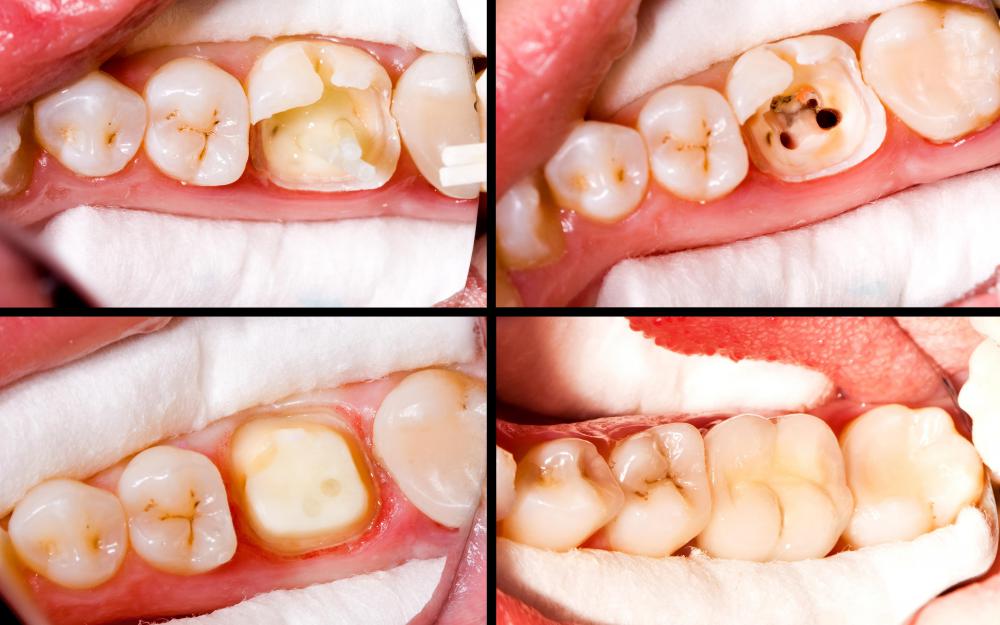At WiseGEEK, we're committed to delivering accurate, trustworthy information. Our expert-authored content is rigorously fact-checked and sourced from credible authorities. Discover how we uphold the highest standards in providing you with reliable knowledge.
What can I Expect During Amalgam Removal?
The vast majority of dental fillings worldwide are made up of a compound that contains, among other components, the toxic heavy metal mercury. Though debate continues as to the true danger posed by mercury in these amalgam fillings, many dentists, particularly those in developed countries, nevertheless advise their patients to undergo amalgam removal and replacement for all their old fillings. The procedure itself is largely pain-free and considered minor in nature, absent the threat posed by mercury vapor released during the process.
While the danger of mercury is well documented with respect to ingestion or other direct consumption, the harm from the kind of long term, low-grade leaching that occurs from an amalgam filling remains the subject of controversy. Most dental professionals acknowledge some amount of mercury makes its way into the bloodstream, but many deny it is at levels toxic to humans. The main concerns with mercury in amalgam center around the potential for it to cause autoimmune and neurological disorders, as well as birth defects in women who are or may become pregnant.

There are advantages of amalgam as a filling material, however, and are strong compared to alternative materials such as resin and dental porcelain. Many dentists continue to use it to fill cavities. Even so, amalgam removal may be undertaken if the dentist or patient decides there is a need to do so. In many cases it is recommended if an individual is found to be near the healthy limit for mercury in the body.
During amalgam removal, a dentist will use an electric drill to divide up the filling and remove it section by section. An amalgam filling should not simply be ground away. By removing small chunks of amalgam in a systematic way, the heat generated by the electric drill has less of a chance of vaporizing the mercury and threatening both patient and staff.
Local anesthetic may be necessary during amalgam removal. Although the tooth itself is not being drilled into, pressure of the drill can cause discomfort. Given the sensitive nature of removing the mercury, avoiding flinching and other unnecessary movement is important.
Throughout the process the patient will likely be fitted with a breathing mask connected to a separate source of oxygen. In addition the section of the mouth being worked on is segregated from the rest with a rubber dental dam. To minimize exposure to extracted amalgam, suction and irrigation is kept nearly constant throughout the process. Following the procedure, some dentists recommend intravenous Vitamin C treatment, which has been shown to decrease the uptake of mercury in the blood.
AS FEATURED ON:
AS FEATURED ON:











Discuss this Article
Post your comments